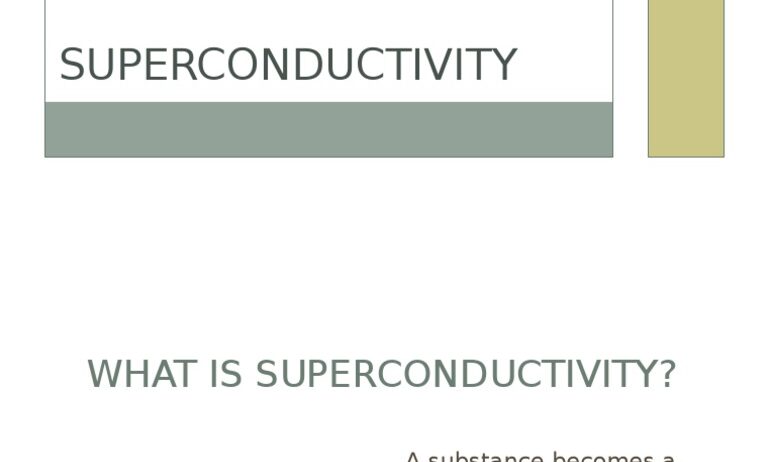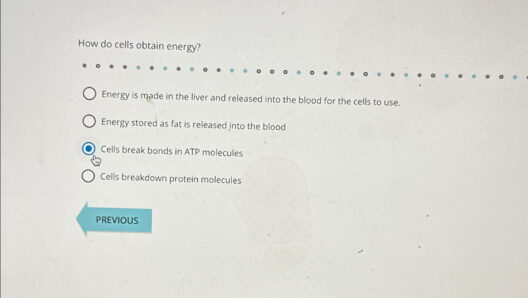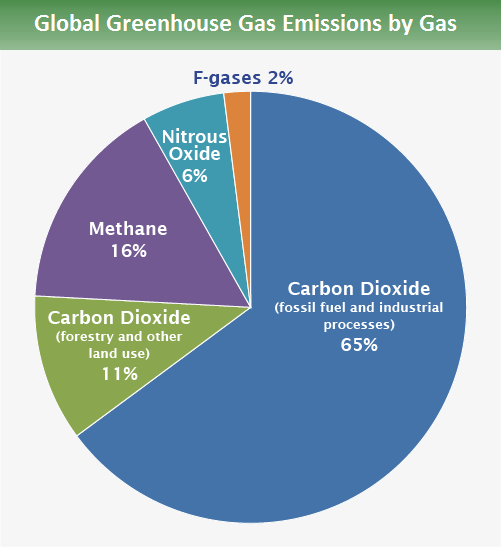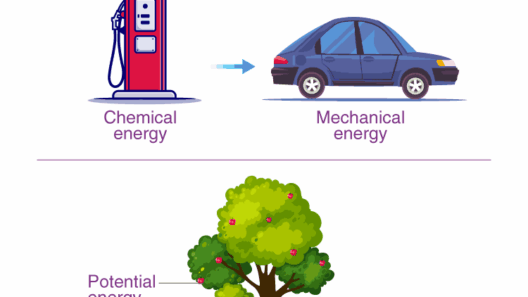Superconductivity is an intriguing phenomenon that has garnered substantial attention since its discovery in the early 20th century. It is characterized by the complete absence of electrical resistance in certain materials when cooled to temperatures near absolute zero. This remarkable property raises compelling questions about energy conservation and the fundamental principles that govern our understanding of physics. To examine whether superconductivity defies the law of energy conservation, one must delve into the intricacies of superconducting materials, their underlying mechanisms, and the implications of their unique properties.
The first salient point to consider is the nature of electrical resistance. In conventional conductive materials, electrons encounter obstacles—such as atomic lattice imperfections and thermal vibrations—that impede their movement, resulting in a loss of energy primarily as heat. This energy loss is directly related to Ohm’s law, which quantifies the relationship between voltage, current, and resistance in an electrical circuit. However, in superconductors, when cooled below a certain critical temperature, these hurdles vanish. Electrons can travel through the material unhindered, yielding a state of supercurrent. This raises the provocative question: if there is no energy lost, does this imply a breach of energy conservation laws?
To address this inquiry, one must appreciate the peculiar mechanics at play in superconductors. Central to the phenomenon is the formation of Cooper pairs—bound states of two electrons that move in tandem through a lattice without scattering. This atomic pairing is facilitated by lattice vibrations, or phonons, which mediate the attractive interaction between electrons. The energy associated with this pairing does not diminish; rather, it exists in a dynamic equilibrium that maintains overall energy conservation. Thus, while superconductivity allows for the flow of current without energy loss, it does not contravene the principles of energy conservation but rather exemplifies a highly efficient mechanism of electron transport.
From a thermodynamic perspective, the laws of conservation are fundamental and apply uniformly across different states of matter. When an electrical current flows through a superconductor, the aforementioned absence of resistance yields a profound implication: it facilitates the sustenance of electrical currents indefinitely, awarded no external influence to dissipate energy. This further solidifies the idea that superconductivity does not negate energy conservation, as the total energy in the system remains constant, distributed differently than in conventional conductors.
Moreover, it is crucial to consider the energy input necessary to achieve superconductivity. The process typically requires significant energy expenditure to cool materials to cryogenic temperatures, which is an essential step in transitioning them into a superconductive state. Thus, while transporting energy within superconductors may be exceptionally efficient, the initial energy cost to attain that state signifies that energy conservation remains intact throughout the lifecycle of a superconductive system.
The practical applications of superconductivity offer a rich tapestry for exploration. In technologies such as magnetic levitation (maglev) trains and powerful magnets for medical imaging, superconductors play an essential role in minimizing energy dissipation. Superconducting magnetic energy storage systems (SMES) are being developed as a way to store energy with minimal loss, which can enhance grid stability and facilitate the incorporation of renewable energy sources. Each of these applications exemplifies practical ways to leverage the unique properties of superconductors without contravening the sacrosanct law of energy conservation.
Furthermore, researchers are investigating high-temperature superconductors, a class of materials that can operate at elevated temperatures (still exceedingly cold by everyday standards). The discovery of these materials has profound implications for energy efficiency and superconducting applications in real-world scenarios. The potential to utilize superconductivity more widely across various sectors could significantly reduce energy losses in electrical grids and revolutionize transportation systems, all while adhering to the principles of energy conservation.
Despite the compelling advantages, certain challenges remain. The quest for room-temperature superconductivity continues to stimulate both theoretical and experimental research. Overcoming the material limitations and achieving a sustainable and cost-effective means of harnessing superconductivity presents both hurdles and opportunities. These advancements hinge on a deeper understanding of the quantum mechanics that govern superconductive materials, reinforcing that energy conservation remains a cornerstone of their functioning.
In conclusion, superconductivity does not defy the law of energy conservation. Instead, it showcases a remarkable paradigm of energy efficiency, replete with profound implications for technology and sustainability. The interplay between resistance and current flow in superconductors elucidates a captivating chapter in the annals of physics, offering insights into quantum phenomena and material science. As researchers continue to explore the frontiers of superconductivity, the lessons gleaned from these investigations will undoubtedly inform the development of next-generation technologies aimed at combating climate change and promoting sustainable energy solutions.








